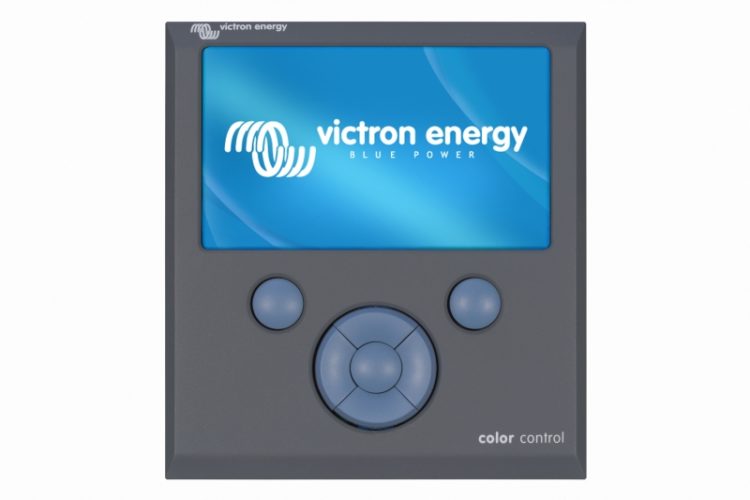
Good evening!
This release adds support of BYD B-Box, Sony fORTELION and Puredrive lithium batteries for Energy Storage systems using our Hub-4 Assistant.
Also there is a improvement for installations running the Hub-1 Assistant in combination with our VE.Bus to VE.Can interface: that interface is no longer needed. Which -finally!- fixes the problem that the Solar yield and Consumption graphs on VRM were wrong for these types of systems.
BYD, Sony and Puredrive lithium batteries
After adding Pylon last week, this release adds even more batteries compatible with the Hub-4 Assistant:
The BYD B-Box and Sony fORTELIUM batteries are 19″ rackmounted and modular batteries. Here are some images. First the BYD B-Box cabinet:
And the Sony fORTELIUM, also 19″rackable:
The Pure Storage 48v 100Ah LiFePo4:
Hub-1 with VE.Can MPPT Solar Chargers
For such an installation, we used to recommend installing the VE.Bus to VE.Can interface cable. It acted as a middle-man, forwarding control parameters from the Multis, or Quattros, to the MPPT Solar Chargers.
But that interface cable is now no longer necessary, since the CCGX will act as the middle-man.
The steps needed to get the interface cable out, and working VRM Solar Yield and Consumption graphs in return, are:
- Update the firmware of the CCGX to v1.73
- Find the RJ-45 cable that is between the Multis/Quattros and the VE.Bus to VE.Can interface.
- Unplug the end that goes into the that interface, and plug it straight into the VE.Bus socket on the back of the CCGX.
- Disconnect the other end of the VE.Bus to VE.Can interface as well.
- Reboot the Color Control GX
There is now a direct connection between the Multis/Quattros and the Color Control GX: the VE.Bus to VE.Can interface cable has been taken out of the equation.
Make these two checks to be sure everything is still functioning correctly:
- In the Device list, you should see the Multi or Quattro.
- In the Solar Charger menu, it’s state should say ‘Hub-1’.
Customers that did not have the cable in the first place, and do have an installation with VE.Can mppts and a multi or Quattro configured with Hub-1 and a policy that requires active control of the MPPT, will see the system behavior improve as well.
Above is for MPPTs with a VE.Can connection, what about VE.Direct?
Since a while, v1.51 to be precise, the CCGX already took care of this ‘middle-man-function’ for VE.Direct connected solar chargers. This means that now, with v1.73, it does it for all types of Victron MPPT Solar Chargers. No more exceptions or caveats to worry about.
Full change log
- Add forwarding of Hub-1 instructions from Multi to Solar chargers connected on the VE.Can port. Note that this same mechanism was already working for Solar chargers connected on the VE.Direct ports. This fixes the ‘Solar yield and Consumption tab not working’ problems.
- Add support for Sony, BYD-Box and Puredrive batteries.
- Stability improvement in the VE.Bus driver.
- Fix VE.Direct MPPT Solar chargers current being factor 10 too low.
Installing the update
By default, a CCGX will automatically download and install this new firmware version via the Internet. For a manual update, follow instructions here.
That’s all for now, enjoy! And in case of any questions or issues, please let us know in the comments below.
Best regards,
Matthijs






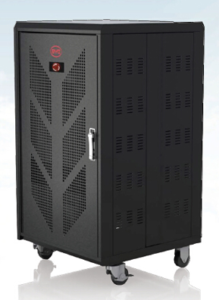
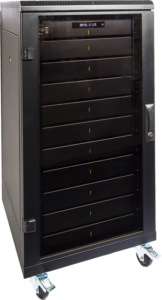
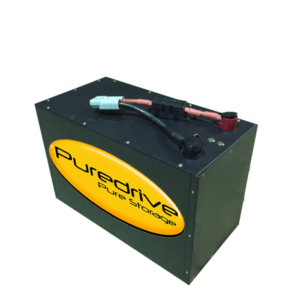
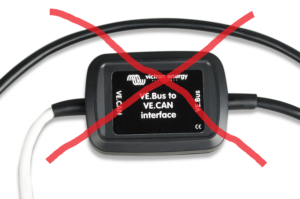
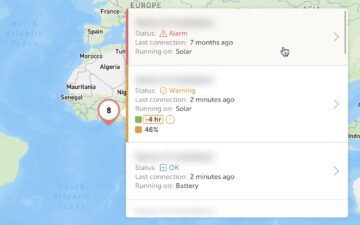

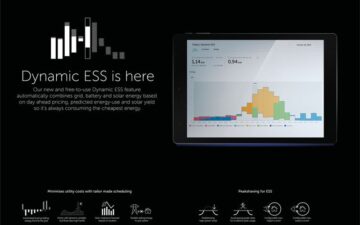









 #victronenergy #adventure
#victronenergy #adventure
 ELECTRICS
ELECTRICS 
